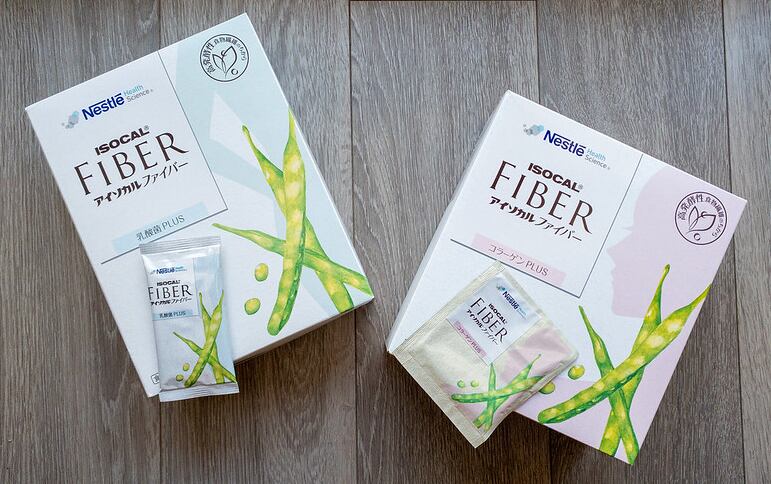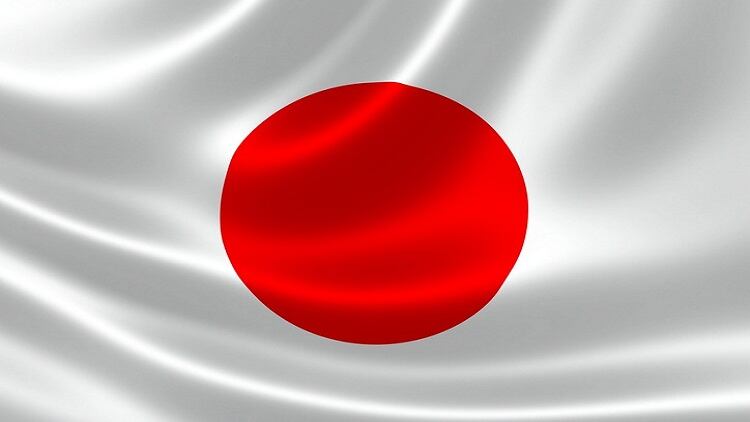Published by national regulatory body Consumer Affairs Agency (CAA), the number of FFC products this fiscal year is expected to exceed that of last year’s 1,067 products, the highest number since the system rolled out in 2015.
In a report published by Smoothlink, Inc. titled An in-depth analysis of FFC products (G1 to G691), the strong growth seen in the FFC market may drain demand away from the Foods for Specified Health Uses (FOSHU) category.
The FOSHU system started in 1991, has a stricter approval process by the government which requires manufacturers to undertake efficacy and safety clinical trials. The FFC category taps on scientific evidence already available in the market.
At present, there are 1,069 FOSHU products approved in the market, only a slight increase from 1,000 products in 2018.
“The market for FFC is steadily expanding due to the launch of new products and switching from non-FFC, partly because FFCs can be labeled with health claims, which makes them easier to catch consumers' attention. On the other hand, the FOSHU market shows negative growth as demand seems to be draining into the FFC category,” according to Hisaaki Kato, CEO and president of Smooth Link, a consultancy firm specialising in the life science field.
“The ‘reversal phenomenon’ in which health claims that are unlikely to be approved under the FOSHU system can be acceptable under the FFC system, has further increased the system's usability. It is also more beneficial for manufacturers to switch to FFC rather than FOSHU, which requires more time and cost from development to approval.”
The cost to get FOSHU approval is high and the process takes a few years, which can be taxing for small and medium-sized companies.
Compared to FOSHU, FFC has more types of health claims and types of products ranging from supplements, processed foods to fresh foods, to match their health conditions and needs.
Despite FFC’s growing popularity, there are varying opinions within the industry. “Some manufacturers say they will specialise in FFC in the future, while others say they are not convinced yet,” Kato added.
Formats, ingredients, health claims
The analysis revealed that FFC products increasingly come in more formats such as processing foods and fresh foods, in addition to the usual supplement format.
When the FFC system started in 2015, the proportion of products in supplement form to other processed foods was approximately 7:3, now this percentage is gradually approaching parity.
“That is mainly due to the advancement of technology that allows general food forms instead of encapsulating the ingredients involved. For example, the unique flavour of GABA is nicely blended into beverages and chocolate after many trials and errors,” said Kato.
For instance, the demand for coffee for home use has reached its highest level in the past 10 years, and together with rising blood sugar levels nationwide, it has resulted in the launch of functional coffee products containing inulin and GABA to support blood pressure and blood sugar levels.
For supplement products, Japanese retailer Aeon Co recently launched its Topvalu Functional Food Supplement Series in November, comprising four FFC supplements. The supplements including a DHA, anthocyanin, black ginger polymethoxyflavone, and L-theanine and will be available at 560 stores nationwide.
Fresh produce can also be FFC products. There are tomatoes that are high in GABA, marketed with health claims for relieving stress, fatigue, improving sleep and maintaining skin elasticity.
When the FFC system first rolled out, most of the fresh products were mandarin oranges (beta-cryptoxanthin) and soybean sprouts (isoflavone), but fish and poultry are now increasingly available.
The report also revealed the popular ingredients used in FFC products, the top three ingredients were GABA, indigestible dextrin (dietary fibre) and black ginger-derived polymethoxyflavone, which was similar to last year’s trend.
The other popular ingredients making it to the top 10 are inulin, ginkgo leaf-derived flavonoid glycoside and terpene lactone, piper longum-derived piperine, citric acid, lutein and zeaxanthin, astaxanthin and lastly n-acetyl glucosamine.
The report also analysed the top health claims displayed on FFC products, revealing fat-related claims are the most popular, followed by skin, gut, fatigue, sugar, eye, joint, sleep, memory, stress, weight, body temperature, swelling and immunity.
Some of these products also have multiple health claims.
Consumer awareness
Earlier in March 2021, the CAA released a report titled 2020 Consumer Opinion Survey on Food Labeling for consumers aged 15 and over.
It was revealed that 30.7% of respondents knew what FOSHU was, compared to 20.7% for FFC.
About 7% of respondents have never heard of FOSHU and do not know what it is, while 14.7% of respondents said the same for FFC.
The rest of the respondents have heard of FOSHU (61.6%) and FFC (64.6%) but do not know what it is.
According to the report published by Fuji Keizai in March this year, the market size of FFC in 2020 is an estimated JPY 334.9 billion (US$2.9 billion), an increase of 2.5% from the previous year.




